
A technician inspects a turbine at a wind farm in Hinggan League, Inner Mongolia autonomous region, in May 2023. (WANG ZHENG/FOR CHINA DAILY)
China's power storage capacity is on the cusp of growth, fueled by rapid advances in the renewable energy industry, innovative technologies and ambitious government policies aimed at driving sustainable development, experts said.
The nation's energy storage capacity further expanded in the first quarter of 2024 amid efforts to advance its green energy transition, with installed new-type energy storage capacity reaching 35.3 gigawatts by end-March, soaring 2.1 times year-on-year, according to the National Energy Administration.
The country has emerged as a powerhouse in renewable energy adoption in recent years, with a particular focus on bolstering its energy storage capabilities.
The skyrocketing demand for energy storage solutions, driven by the need to integrate intermittent renewable energy sources such as wind and solar into the power grid effectively, has led to a flurry of investments in energy storage projects across the country, the NEA said.
New energy storage, or energy storage using new technologies such as lithium-ion batteries, liquid flow batteries, compressed air and mechanical energy, is an important foundation for building a new power system in China, enjoying the advantages of quick response, flexible configuration and short construction periods.
The Chinese government's proactive stance on promoting clean energy has also played a pivotal role in driving this boom, said the administration, with initiatives such as subsidies for renewable energy projects and incentives for energy storage deployment having created a conducive environment for the rapid growth of the energy storage sector.
The industry predicts this momentum to continue, with China expected to dominate the global energy storage market in the coming years.
With a strong emphasis on technological innovation and sustainable development, China's new energy storage sector is not only meeting the demand for domestic energy, but also setting the stage for a greener and more resilient global energy landscape, said Lyu Pan, deputy head of the Research Institute of Economics and Technology under the State Grid Xinjiang Electric Power Co.
It is estimated that the electricity shortfall in Northwest China's Xinjiang Uygur autonomous region will exceed 8 million kilowatts by 2030, making new energy storage a necessity to support the operation of the power grid with advantages such as a faster response speed, high regulation accuracy, flexible deployment, and short construction cycle, he said.
According to the NEA, the northwestern parts of the country have seen the fastest development of new-type energy storage facilities, with 10.3 GW of such capacity having been installed and put into operation by the end of March.
By the end of 2023, Northwest China had installed 222 GW of wind and solar capacity, and over 10 GW of battery storage projects. This accounts for 29.2 percent of the country's total, said Bian Guangqi, an NEA official.
Important step
Developing energy storage is an important step in China's transition from fossil fuels to renewable energy, while mitigating the effect of new energy's randomness, volatility and intermittence on the grid and managing power supply and demand, he said.
With the commissioning of numerous gigawatt-scale renewable base projects in Northwest China, the local grid system needs to integrate renewable capacity, optimize power output and address intermittency issues brought on by wind and solar energy, said Deng Simeng, a senior analyst in renewables and power research at global consultancy Rystad Energy.
China's installed power generation capacity surged 14.5 percent year-on-year to 2.99 billion kW by the end of March, with that of solar power soaring 55 percent year-on-year to 660 million kW and wind power rising 21.5 percent year-on-year to about 460 million kW, according to the NEA.
"Battery storage, which entails smaller devices, flexible sites, and shorter construction periods compared to wind, solar and other conventional power sources, is gathering significant attention for its pivotal role and benefits," she said.
"This is especially significant as China has been developing solar and wind power on a large scale, amid efforts to boost renewable power consumption while ensuring stable operation of the electric grid system."
Major power generation enterprises nationwide have also stepped up investment in power projects since the beginning of this year, investing 136.5 billion yuan ($18.84 billion) during the first three months, up 7.7 percent year-on-year, while that of power grid projects amounted to 76.6 billion yuan, up 14.7 percent year-on-year, said the administration.
Zhongchu Guoneng (Beijing) Technology Co Ltd and the Institute of Engineering Thermophysics under the Chinese Academy of Sciences have jointly developed the world's largest compressed air energy storage, which achieved its first grid connection and power generation in China's Shandong province in May.
With a total investment of 1.496 billion yuan, the 300 MW power station is believed to be the largest compressed air energy storage power station in the world, with the highest efficiency and lowest unit cost as well.
Capable of continuous discharge for six hours and generating approximately 600 million kWh per year, the power station will provide power support for about 200,000 to 300,000 households during peak electricity hours.
According to Deng, in terms of its application, battery storage, with advantages of peak shaving, frequency regulation, fast response, and flexible dispatch, not only assists wind and solar farms on the generation side, but also supports grid-side and user-side operations.
Given the rapid pace of renewable installations, accelerating the development of new-type energy storage will be a key breakthrough for the northwestern region to mitigate renewable curtailment and enable a more resilient and secure power grid, she said.
China aims to further develop its new energy storage capacity, which is expected to advance from the initial stage of commercialization to large-scale development by 2025, with an installed capacity of more than 30 million kW, and realize full market-oriented development of new energy storage by 2030, according to the National Development and Reform Commission.
Provinces nationwide, in response, are stepping up efforts to construct energy storage facilities to better consume the green but volatile green energy and maintain grid stability.
Qinghai province, for example, requires that 10 percent of the wind power projects developed should be supported by the construction of electric storage devices.
Low utilization
However, the issue of low utilization of some new types of energy storage still exists.
According to Shu Yinbiao, an academician at the Chinese Academy of Engineering, the utilization rate of new energy storage in China is not high, with the average utilization rate indexes for grid-side, user-side, and mandatory allocation of new energy storage projects reaching 38 percent, 65 percent and 17 percent, respectively.
Grid-side energy storage is distributed at critical points in the power grid, providing various services such as peak shaving and frequency regulation. User-side energy storage refers to storage systems installed on the user side, such as households, businesses, and factories, enhancing the flexible regulation capacity of load-side users.
Huang Hui, director of the energy transition project at Natural Resources Defense Council, a global environmental protection organization, said renewable energy's fluctuations have not been reflected in the market in terms of electricity supply-demand dynamics and price changes due to the limited scale of new energy entering the market.
This leads to relatively poor economic feasibility as much of the renewable energy is allocated but not consumed, he said.
The NEA issued a notice in April titled "Promotion of New Energy Storage Integration and Dispatch Utilization," aimed at standardizing the integration of new energy storage into the grid and promoting efficient dispatch utilization of new energy storage.
The notice outlined specific requirements for grid enterprises, power dispatch agencies, and new energy storage project units.
According to NEA's Bian, the government has released a list of 56 new-type energy storage pilot demonstration projects since the beginning of this year, including 17 lithium-ion battery projects and 11 compressed air energy storage projects, among others. Some of these projects have been connected to the grid, effectively promoting the application of new technologies.
The NEA will continue to encourage technological innovation to support the development of the new-type energy system, Bian added.








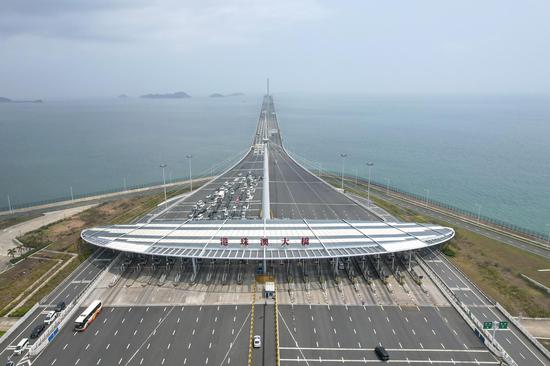



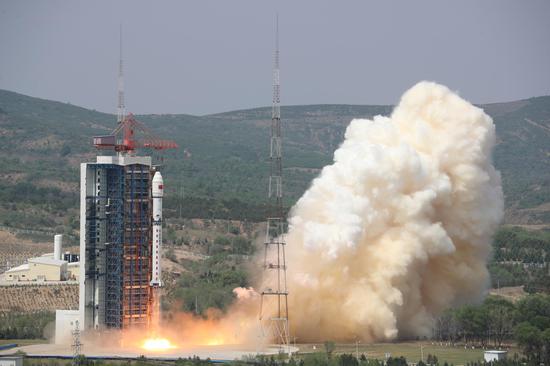

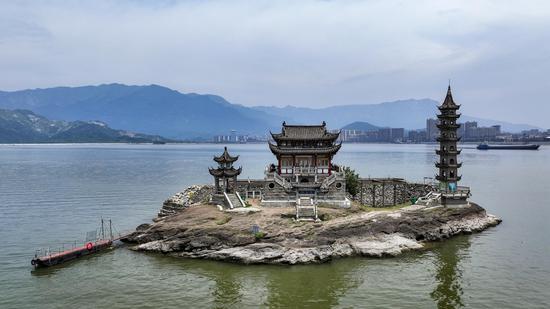



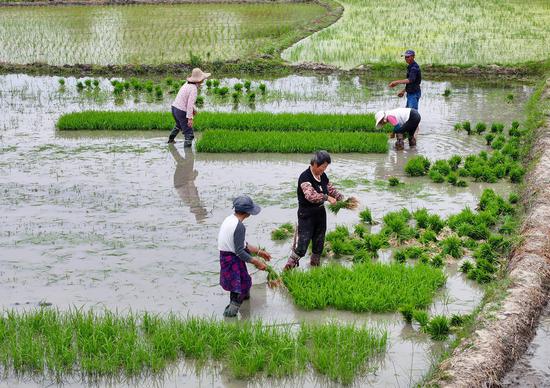


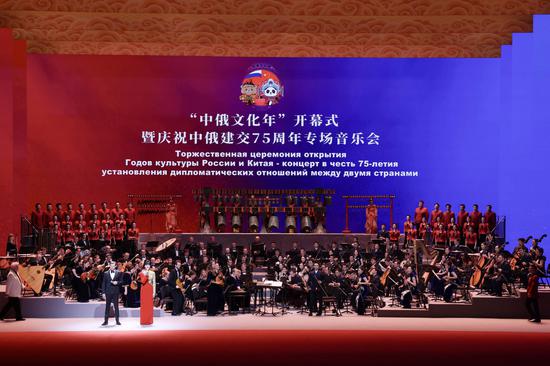


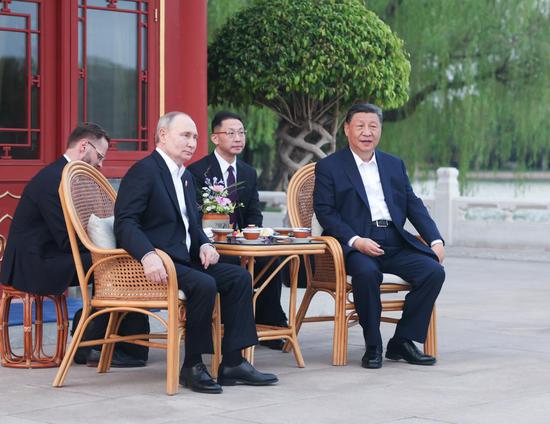
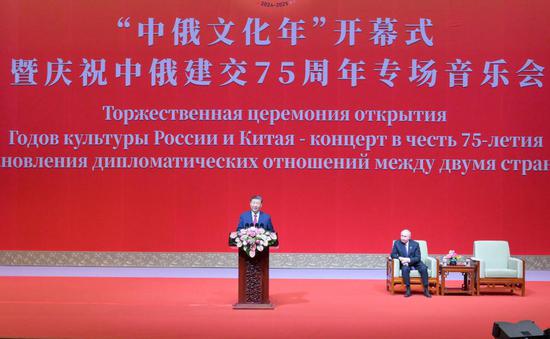
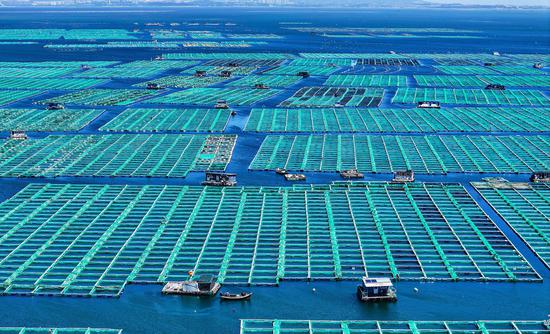

















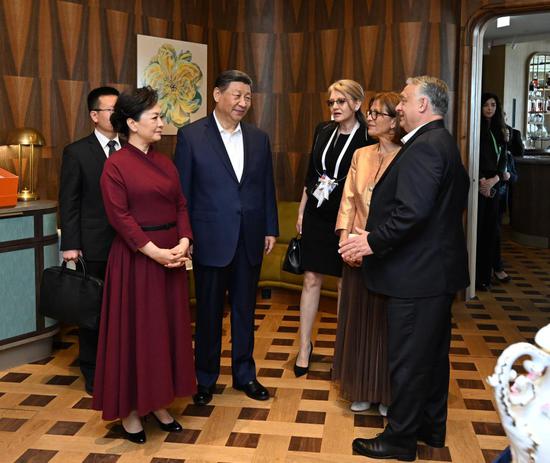

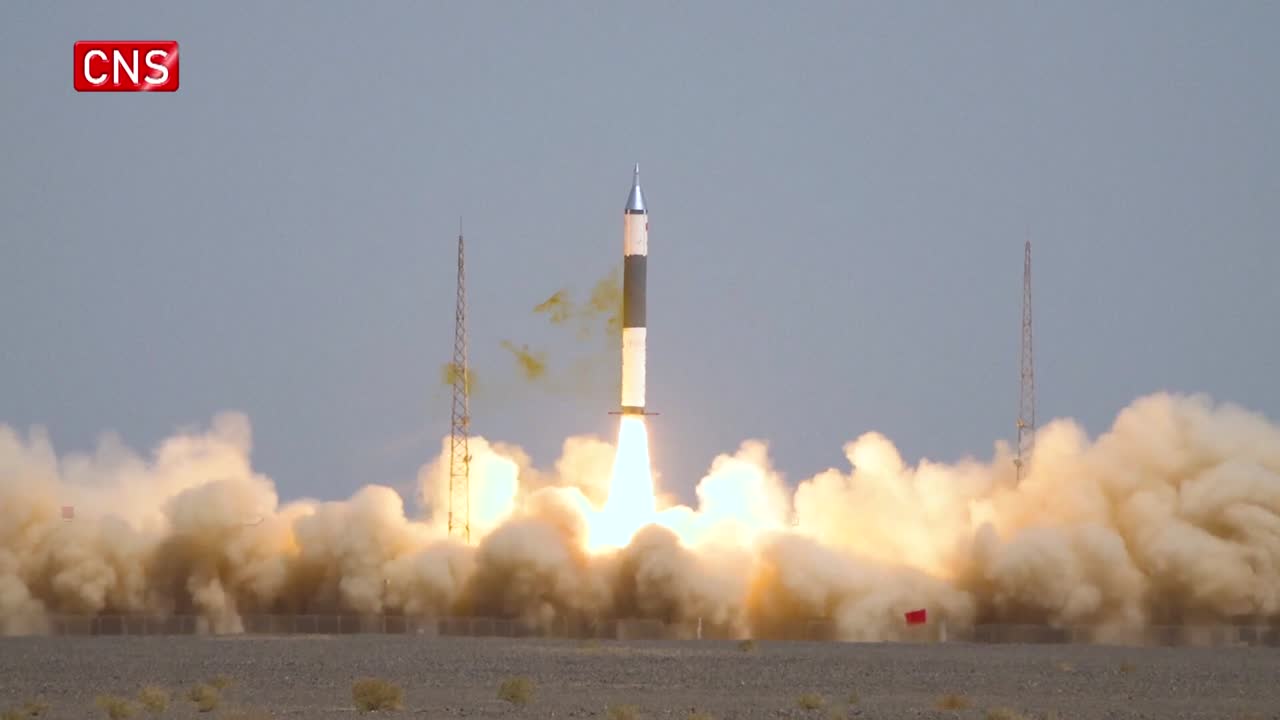



 京公网安备 11010202009201号
京公网安备 11010202009201号